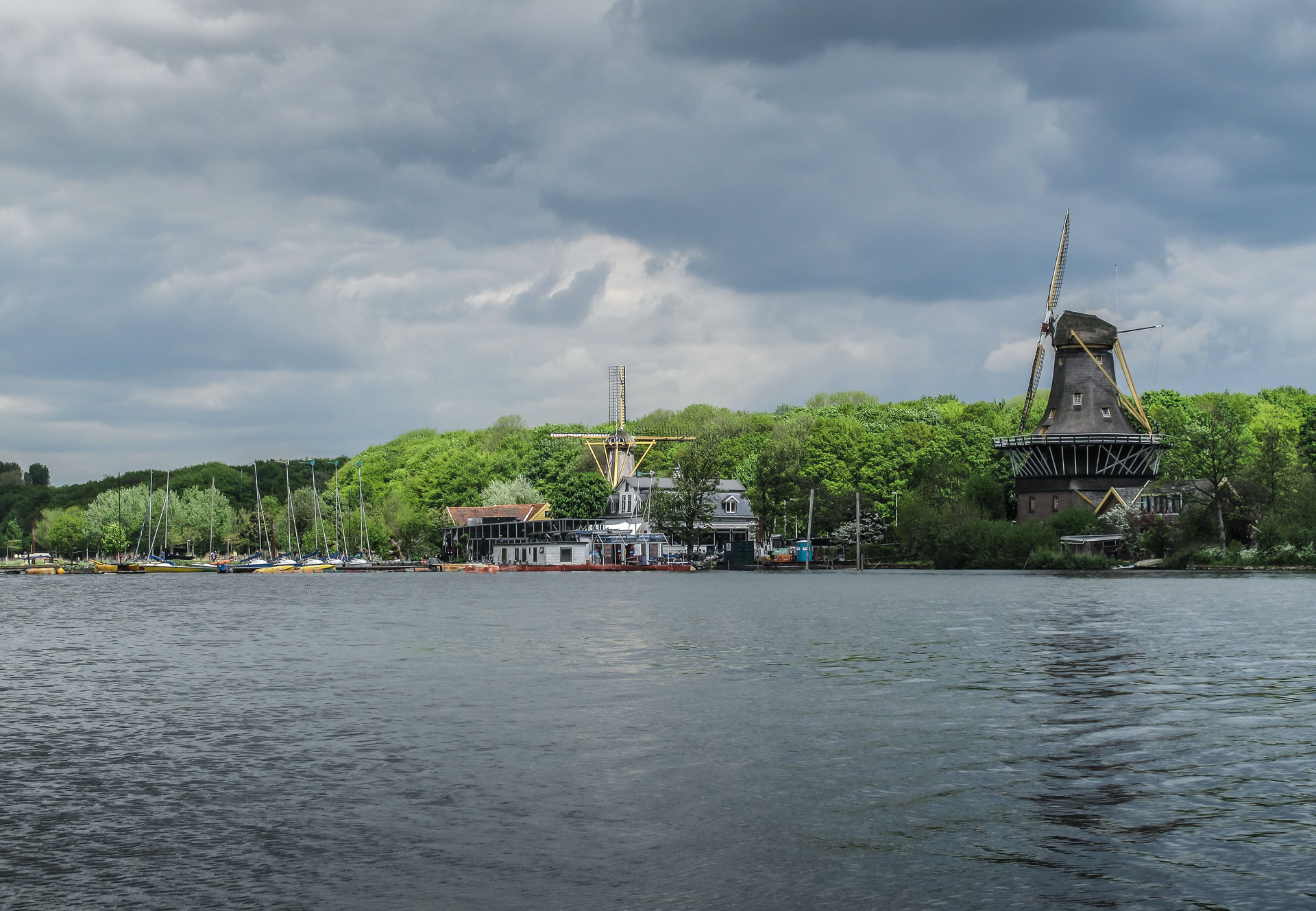The Kralingse Plas is situated near to Rotterdam, The Netherlands, town centre. The lake has an important recreational function. Nevertheless the water bottom is severely polluted and therefore the responsible institution, Hoogheemraadschap van Schieland en Krimpenerwaard, started the sanitation works early 2009. The sanitation strategy is to isolate the polluted sediments by applying a sandy cover of minimal 30 cm. The contractual survey requirements for the layer thickness are a grid of bore holes.
With the in-survey the client required additional high resolution seismic measurements to check the initial borehole investigations on the thickness of the polluted layer. During progress surveys the Silas system combined with the CVII and 24kHz signal was simultaneously recorded with the multibeam system. The use of very high resolution seismic profiling proved an effective tool to assess the thickness of the applied medium to coarse sandy cover. Both the top and bottom of the capping layer appeared as a distinct acoustic reflector. The seismic profile also showed considerable volume change in the polluted mud layer. Subtraction of standard surveys would thus be insufficient to arrive at an accurate thickness.
The seismic method has significant advantages over traditional bore hole methods:
